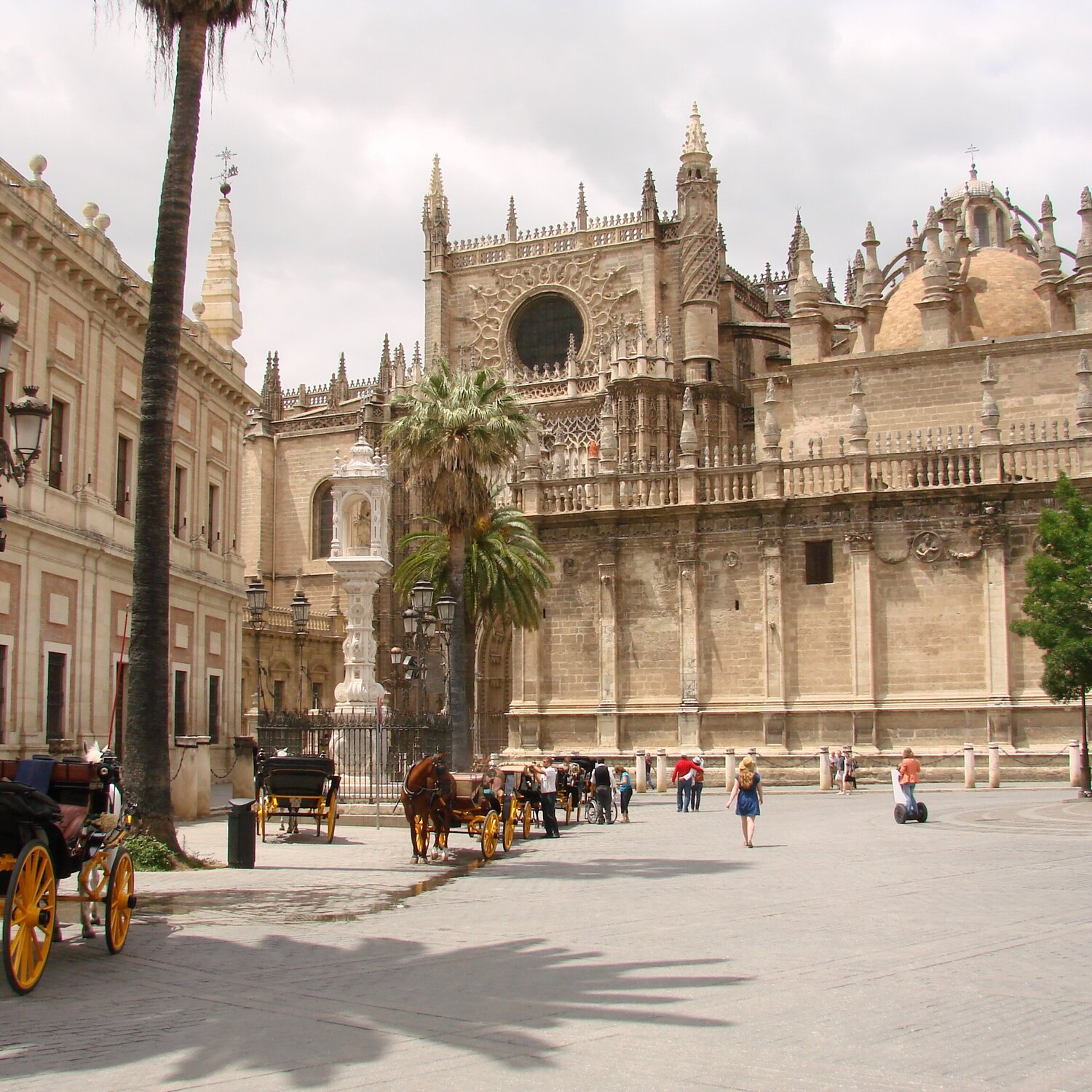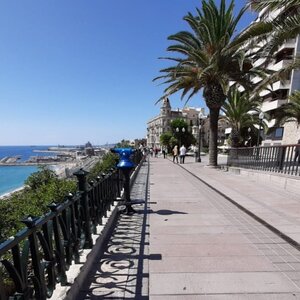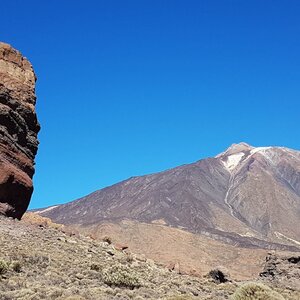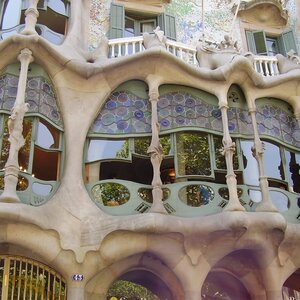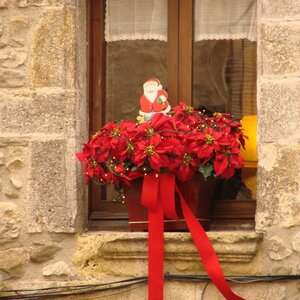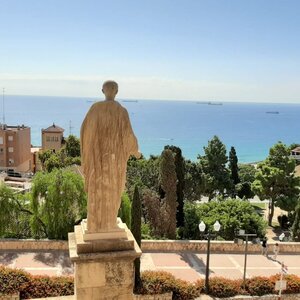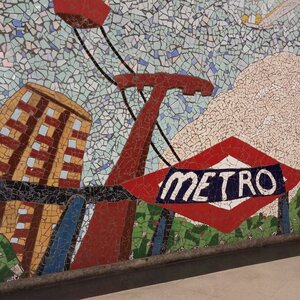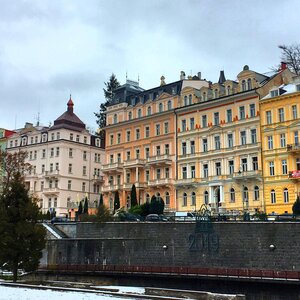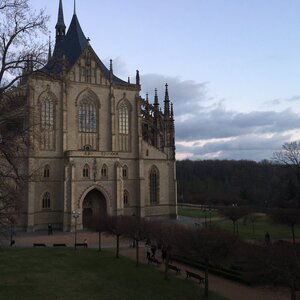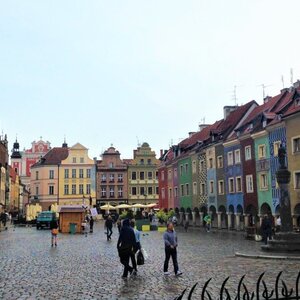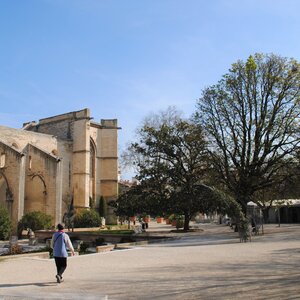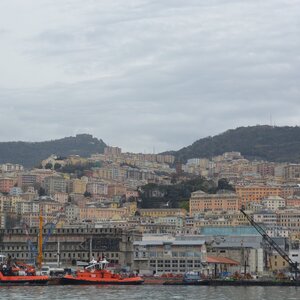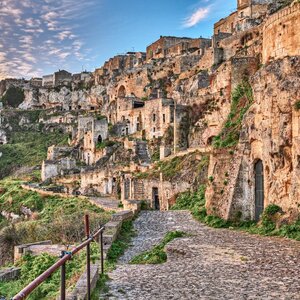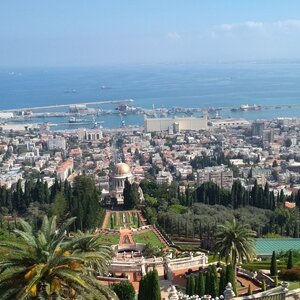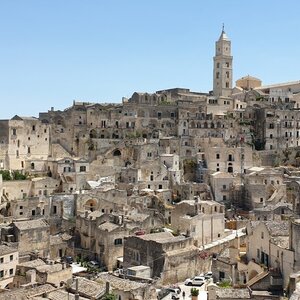Seville has no sea, with temperatures rising to 40 degrees in summer and rainy winters, so the best time to visit the city is in the fall. When you come to Seville, you will immerse yourself in the history of six civilizations, which in their time influenced the formation of the city. It has its own atmosphere, and the special Mudejar style architecture makes Seville one of the most beautiful cities in Europe.
The most important sights can be seen in a couple of days. Before traveling to the capital of Andalusia, print or save yourself a map with sights, which is available on the tourist website of Seville or visit the municipal tourist center.
- Mode of operation: Monday — Friday from 9:00 to 19:30, Saturday, Sunday and holidays from 10:00 to 14:00.
Cathedral (Catedral de Santa María de la Sede de Sevilla)
In the capital of Andalusia, be sure to visit one of the largest Gothic cathedrals in the world — Seville Cathedral. Only St. Paul’s Basilica in the Vatican and London’s St. Paul’s Cathedral are grander and larger than it.
The cathedral was built in 1506 on the site of a former Muslim mosque. Over five centuries, the temple was destroyed several times by earthquakes and rebuilt in the style popular at the time of restoration.
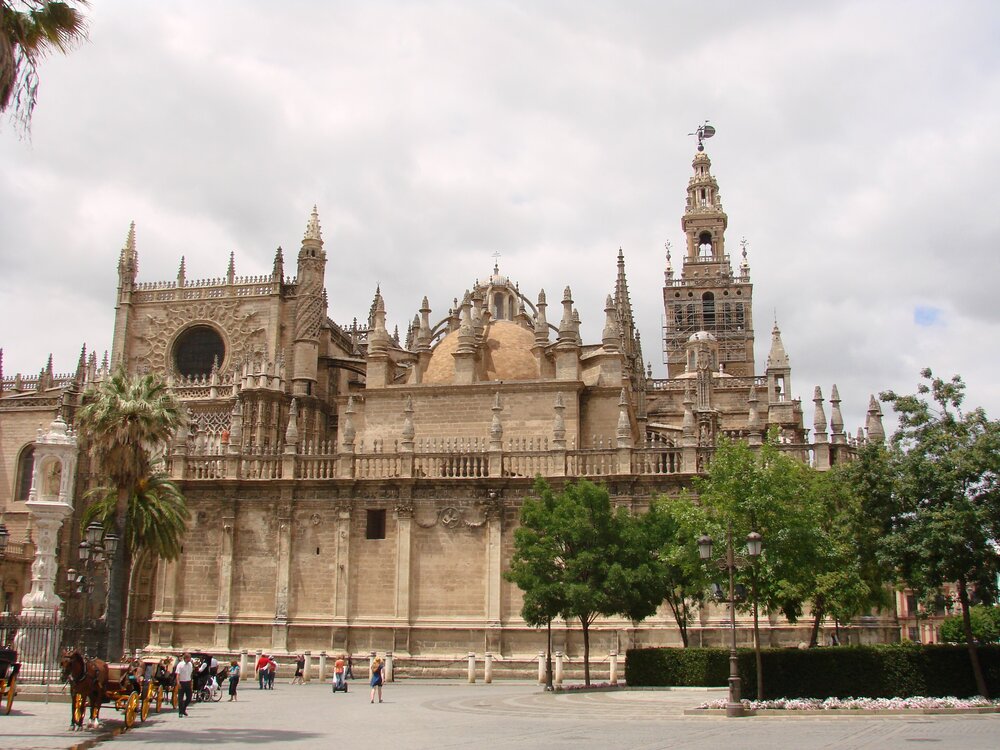
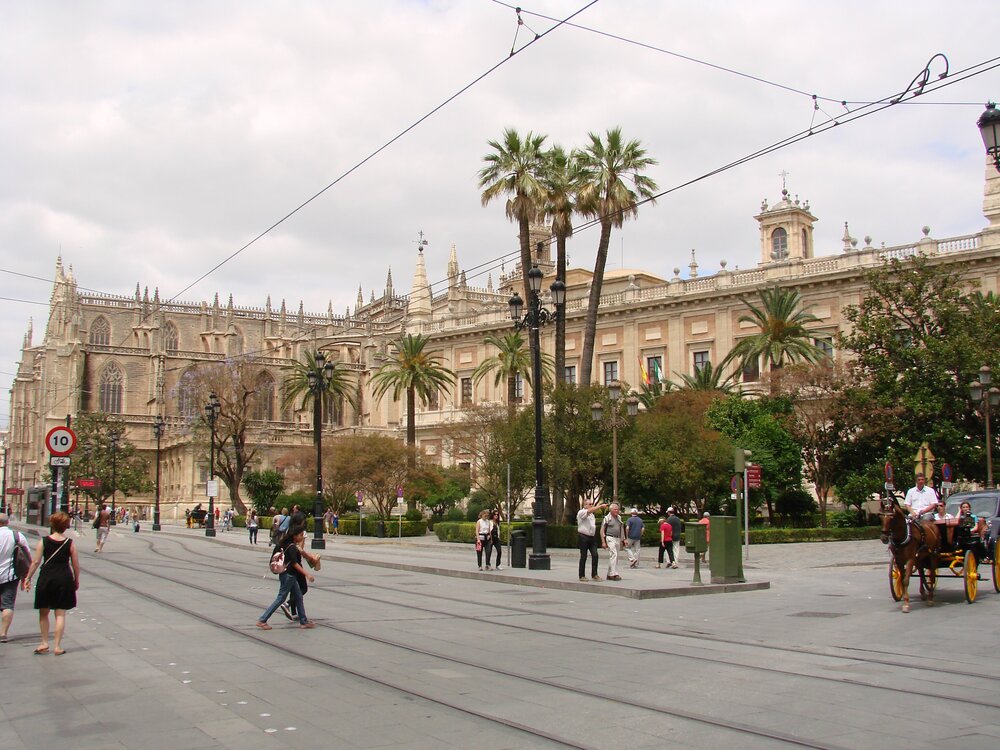
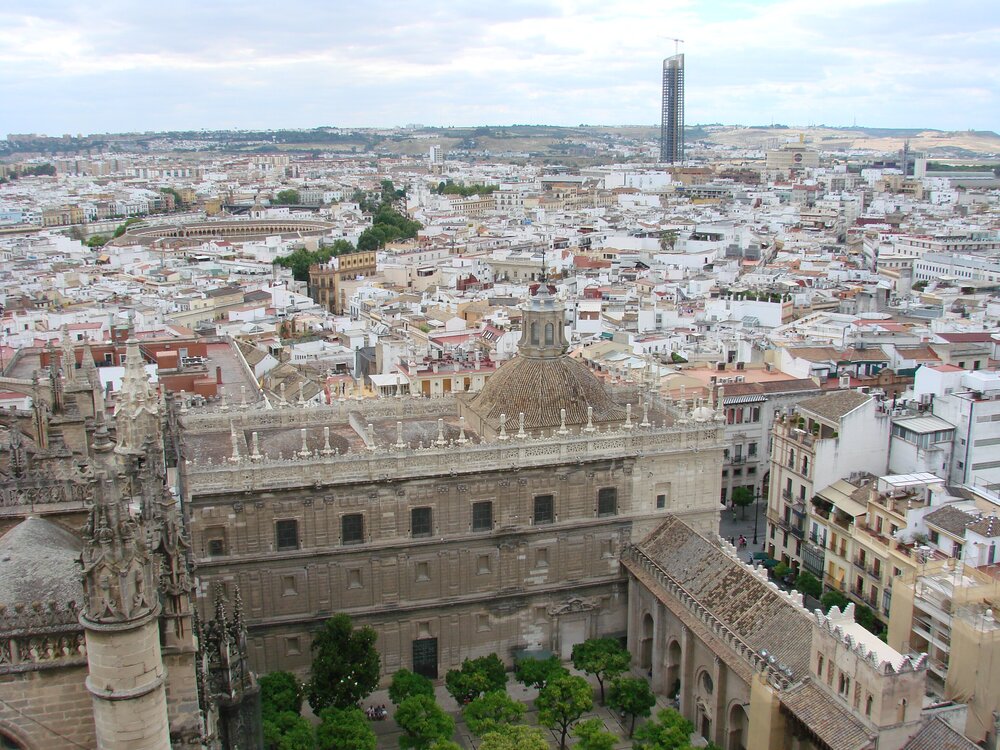
Inside the cathedral, the most visitors gather at the tomb where Christopher Columbus is legendarily buried and the main altar. In 1987, the cathedral was inscribed on the UNESCO World Heritage List.
There is a big queue at the ticket office at the cathedral, so it is better to buy tickets on the official website.
- Mode of operation: July — August: Monday — Saturday from 10:30 to 18:00; Sunday from 14:00 to 19:00. September — June: Monday from 11:00 to 15:30, 16:30 to 18:00; Tuesday — Saturday from 11:00 to 17:00; Sunday from 14:30 to 18:00.
- Admission is free on Mondays from 4:30 to 6 p.m.
- Single ticket to the Cathedral and the Giralda Tower: 9 € for adults, 4 € for pensioners and under 25, children under 14 free of charge.
- Seville Cathedral website
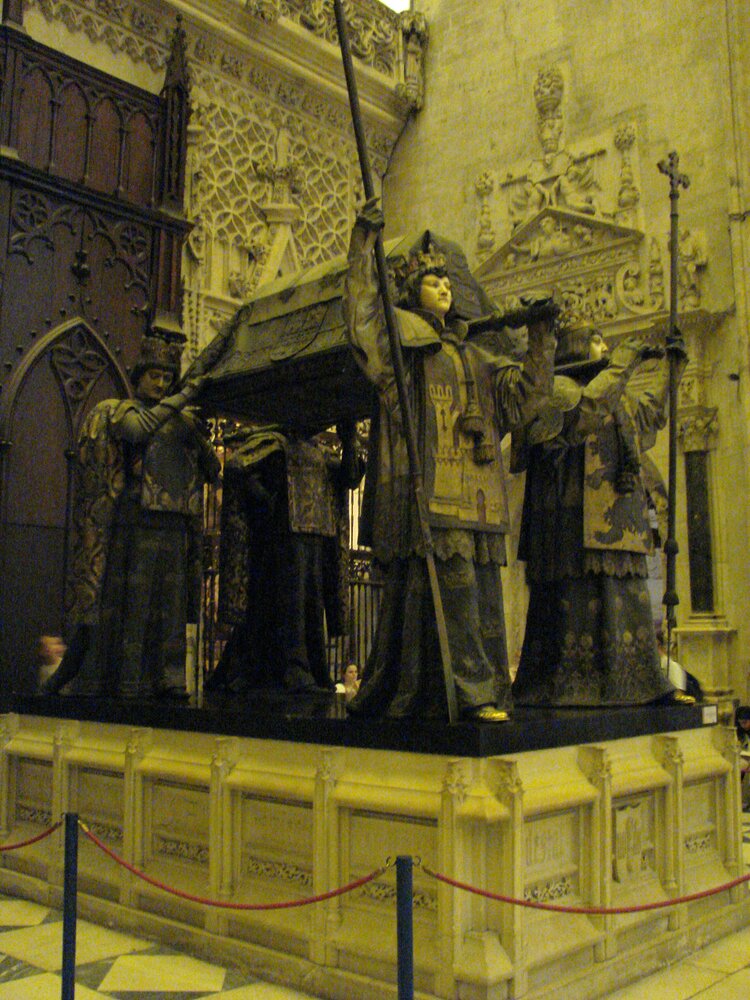
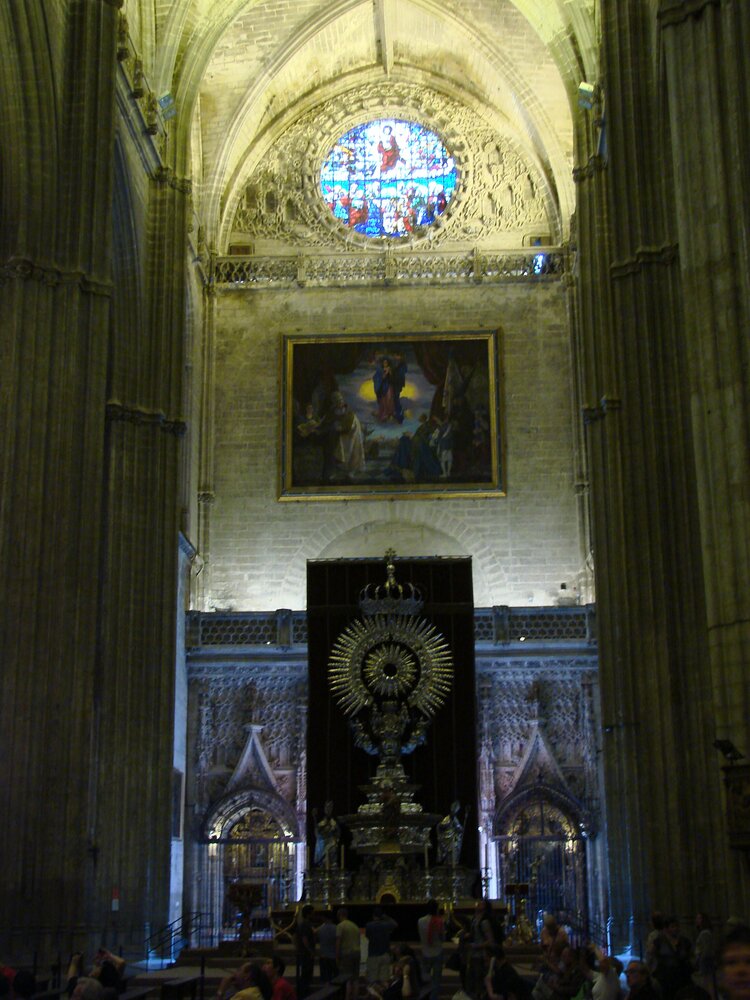
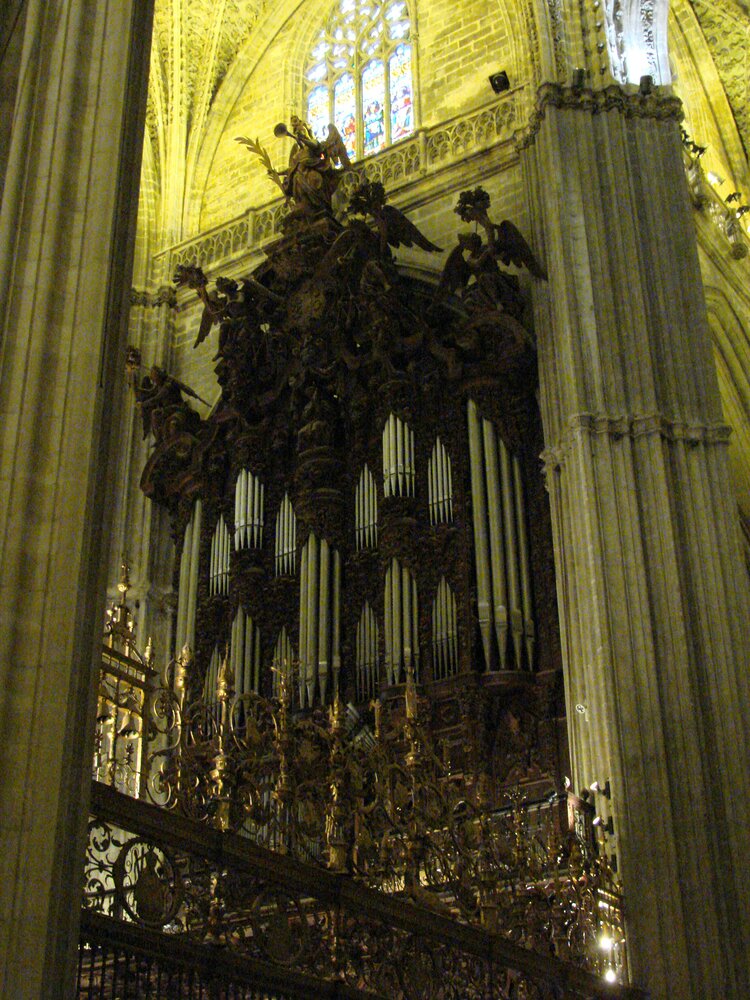
Giralda Tower (La Giralda)
Part of the Cathedral and a symbol of Seville, the Giralda Tower is over 100 meters high. It was built eight centuries ago and for a long time was the largest tower in Europe. The ascent to the observation deck of the tower has almost no steps. This was done in order to get to the top on horses.
- A visit to the Giralda is included in the price of a ticket to the Cathedral, and the mode of operation is identical to that of the Cathedral.
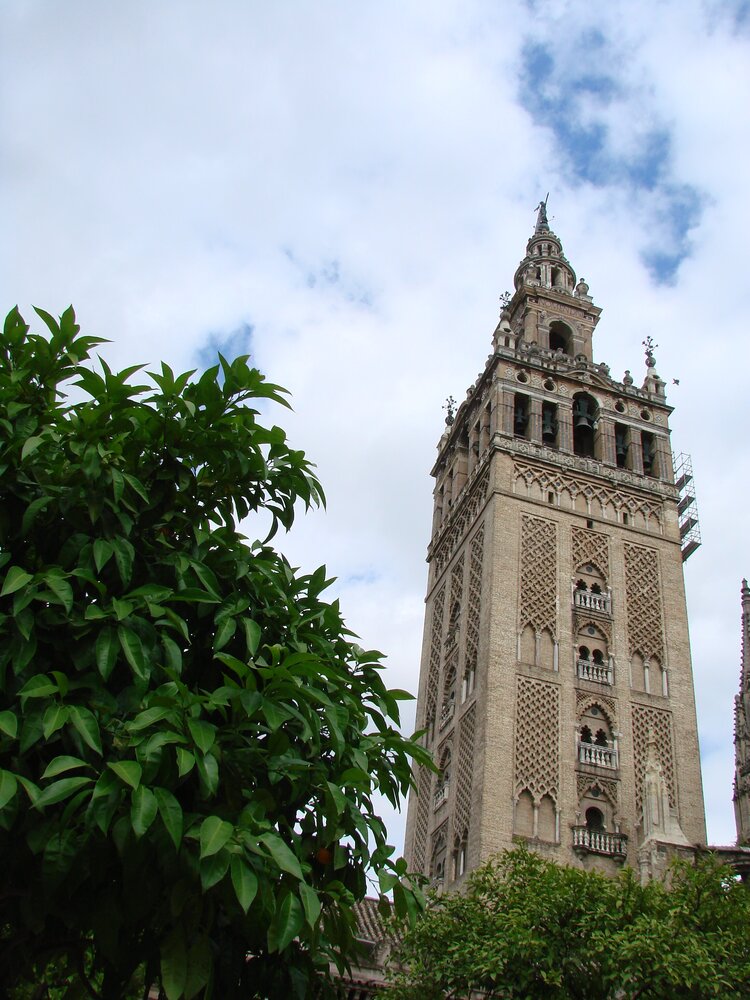
Plaza de España (La Plaza de España)
According to Tripadvisor, Seville’s Plaza de España is the most interesting tourist spot in Europe and the second most interesting in the world.
This unique square in front of the government building was built in 1929 for the Ibero-American Exposition. The main architect of the square, with a diameter of 170 meters, was the famous Spanish architect Aníbal González. A large fountain is placed in the center, and a 515 m long canal is dug along the perimeter of the square, on which you can ride on boats. 49 provinces of Spain are represented on the square in special niches with azuleju tiles.
The square is open to the public at all times.
María Luisa Park (El Parque de María Luisa)
Plaza de España is part of the Maria Luisa Park, which was inaugurated in 1914. This park is considered the first urban park of Seville and one of the most beautiful in the world. Here on 34 hectares you can see different types of trees and flowers, sculptures and monuments, fountains and a pond with birds.
- Mode of operation: in summer from 8:00 to 24:00, in winter from 8:00 to 22:00.
- Admission to the park is free.
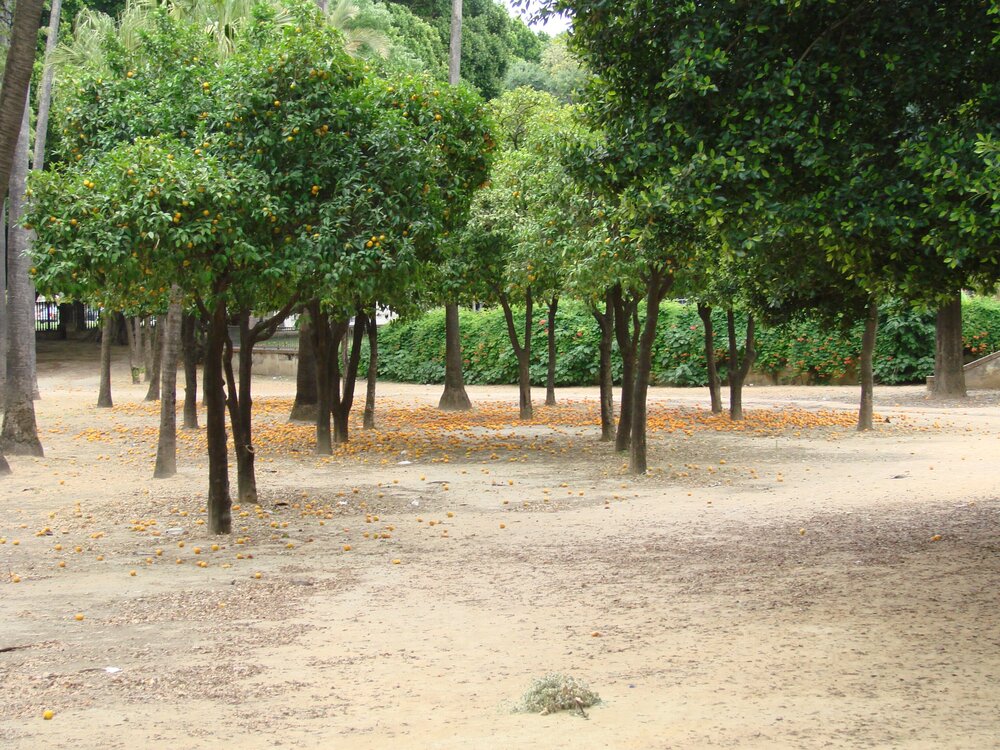
Museum of Fine Arts (Museo de Bellas Artes de Sevilla)
The building of the museum is interesting from an architectural and historical point of view: once there was a monastery here, built in the early 17th century, and after the founding of the museum in 1835, its exposition was based on works of art confiscated from churches and monasteries. Here you can see paintings by famous Spanish and Seville artists: E. Murillo, J. Roelas, G. Martinez.
- Mode of operation: September through July Tuesday through Saturday from 9:00 to 21:00, in August until 15:00. Sunday and holidays from 9:00 to 15:00. Monday is a day off.
- Admission: 1,5 €, free for EU citizens.
- Museum of Fine Arts website.
Golden Tower (Torre del Oro)
On the embankment of the Guadalquivir River stands another popular attraction of Seville, the Golden Tower. This Moorish structure was built back in 1220 and was part of the city’s fortifications. At one time, this 36-meter tower housed a prison, gunpowder storage and port offices. It is now a maritime museum.
- Mode of operation: Monday — Friday from 9:30 to 18:45, weekends from 10:30 to 18:45. Closed on holidays.
- Admission: adult ticket — 3 €, pensioners, students and children from 6 to 14 years old — 1,5 €, children under 6 years old — free of charge. Admission is free on Mondays.
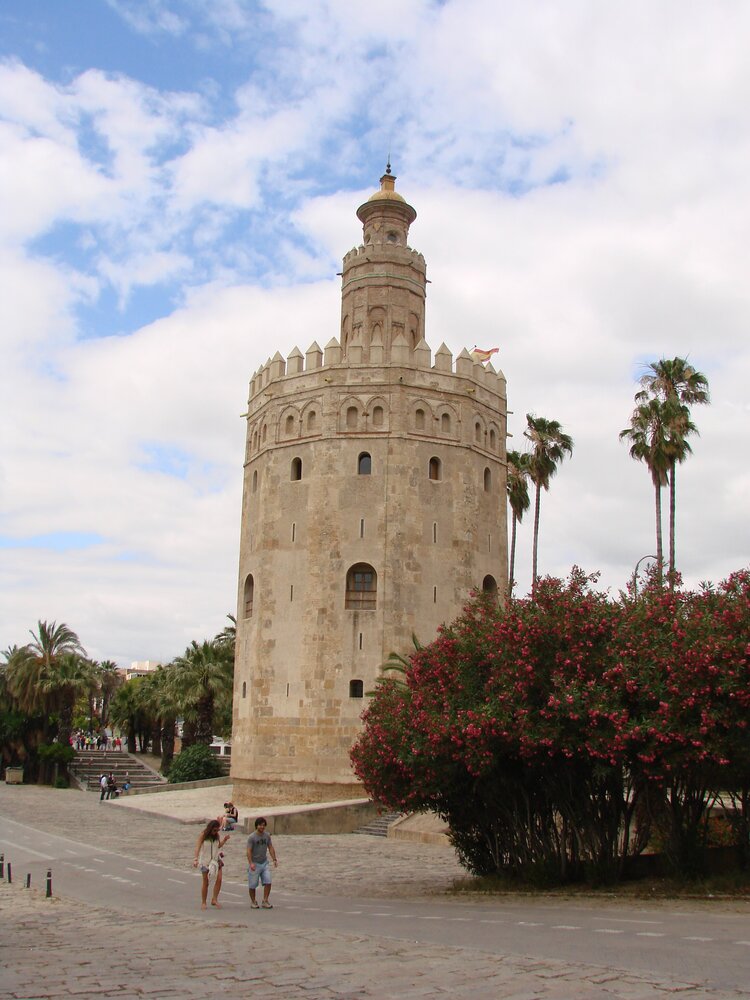
San Telmo Palace (Palacio de San Telmo)
The most beautiful Seville Baroque building began construction in 1682 as a school for orphaned sailors. The project was financed by the Spanish Court of Inquisition. In the middle of the XIX century the palace became a royal residence, in the beginning of the XX century it was transferred to the Archbishopric of Seville. Since 1989 it has been the seat of the Presidency of the Council of Andalusia.
- The palace can only be visited by an agreed group of up to 20 people. Approval is made via e-mail [email protected] or on the website.
- The mode of visits is agreed with the palace administration.
- Admission is free for coordinated groups.
Metropol Parasol (Metropol Parasol de la Encarnación)
Metropole Parasol is Seville’s youngest landmark, built in 2011. Due to its unusual appearance, the Metropol Parasol has a second unofficial name — the Mushrooms of Seville. This largest wooden structure in the world has several floors that house: a museum, a market, a viewing platform and a restaurant.
- Working hours of the observation deck: Friday — Saturday from 9:30 to 23:30, Sunday — Thursday from 9:30 to 23:00.
- Admission: main ticket — 3 €, free for Seville residents and children under 5 years old.
- Metropole Parasol Website.
Alcázar Palace and Royal Gardens (Real Alcázar de Sevilla, Jardines del Alcázar)
The palace was built by an Arab Emir back in the 11th century and is considered one of the oldest palaces in Europe. It is one of the top 10 most visited historical monuments in Spain. The Alcazar is a vivid representative of the Mudejar style, which is characterized by a combination of Muslim and Christian elements. The palace is a UNESCO World Heritage Site, the residence of the Spanish royal family and the filming location of several movies, including Game of Thrones.
The palace can be visited during the day and in the evening. The evening visit includes a historical theatrical performance in Spanish. It is limited in time (75 minutes) and number of visitors (45 people).
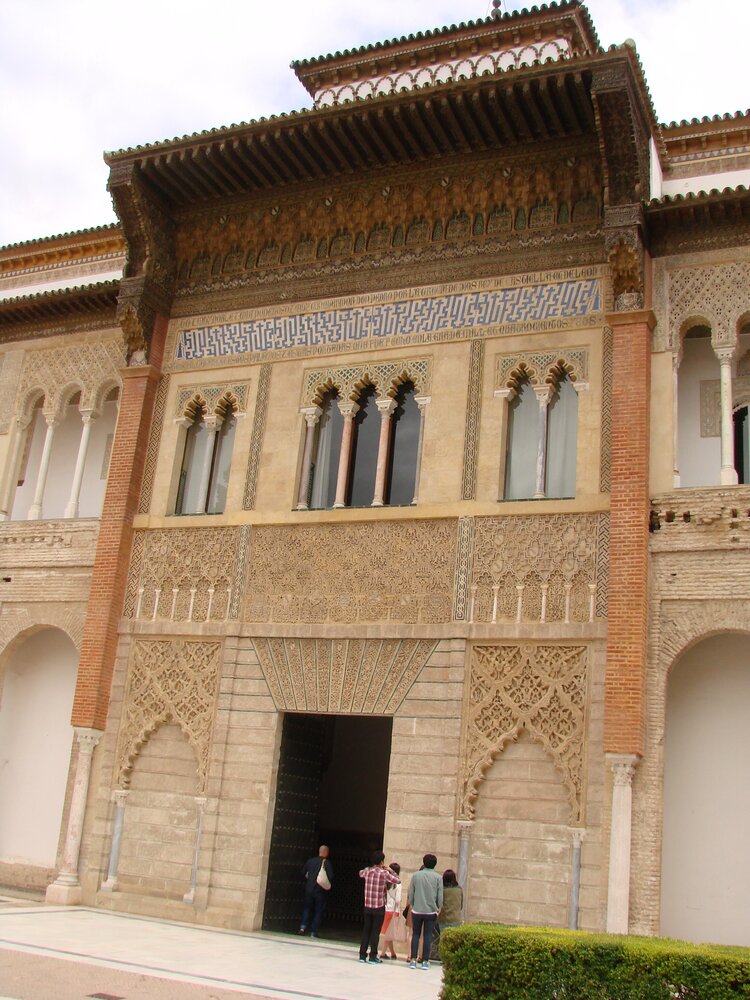

The Alcázar Palace is surrounded by 60 thousand square meters of Royal Gardens. There are more than 170 species of exotic plants, numerous sculptures, monuments and fountains.
- Mode of operation: daily, from October to March from 9:30 to 17:00, from April to September from 9:30 to 19:00.
- Evening tours run every half hour on Friday and Saturday: October and March from 19:30 to 21:00, April through September from 21:00 to 22:30.
- Single ticket to the palace (1st floor) and gardens of the Alcázar: 11,5 € for adults, 3 € for 17 to 25 years old, free for children under 16 and residents of Seville.
- Entrance to the royal chambers (2nd floor): 4,5 €.
- Evening ticket: 13 €.
- Free admission: Mondays, 6:00 to 7:00 p.m. (April through September) and 4:00 to 5:00 p.m. (October through March).
- Royal Palace Alcázar website
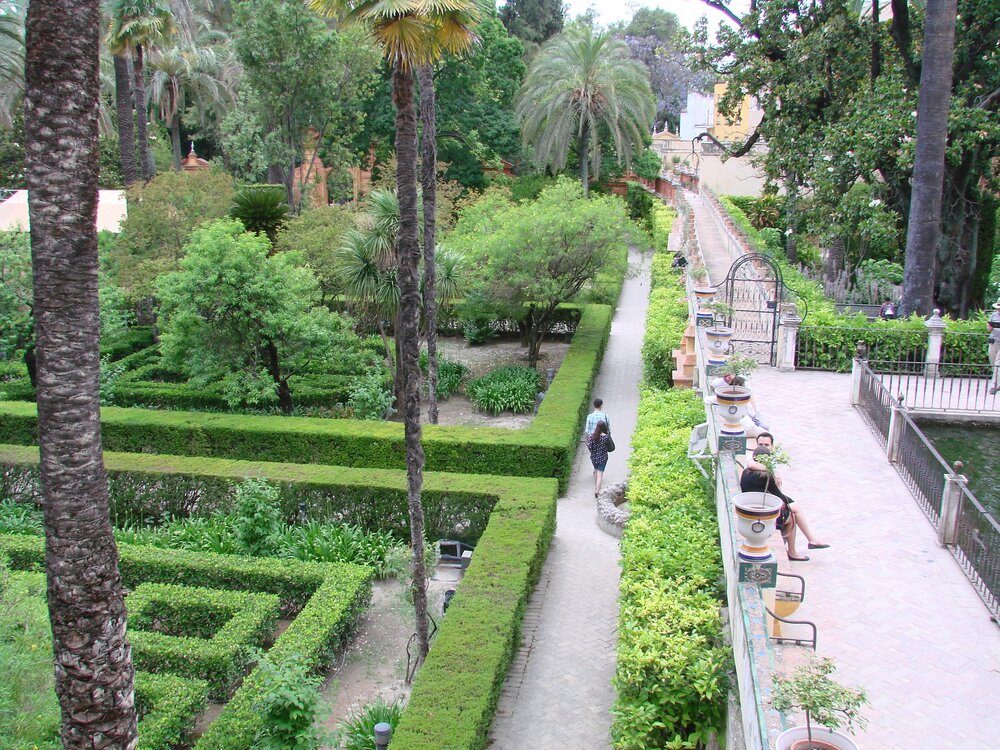
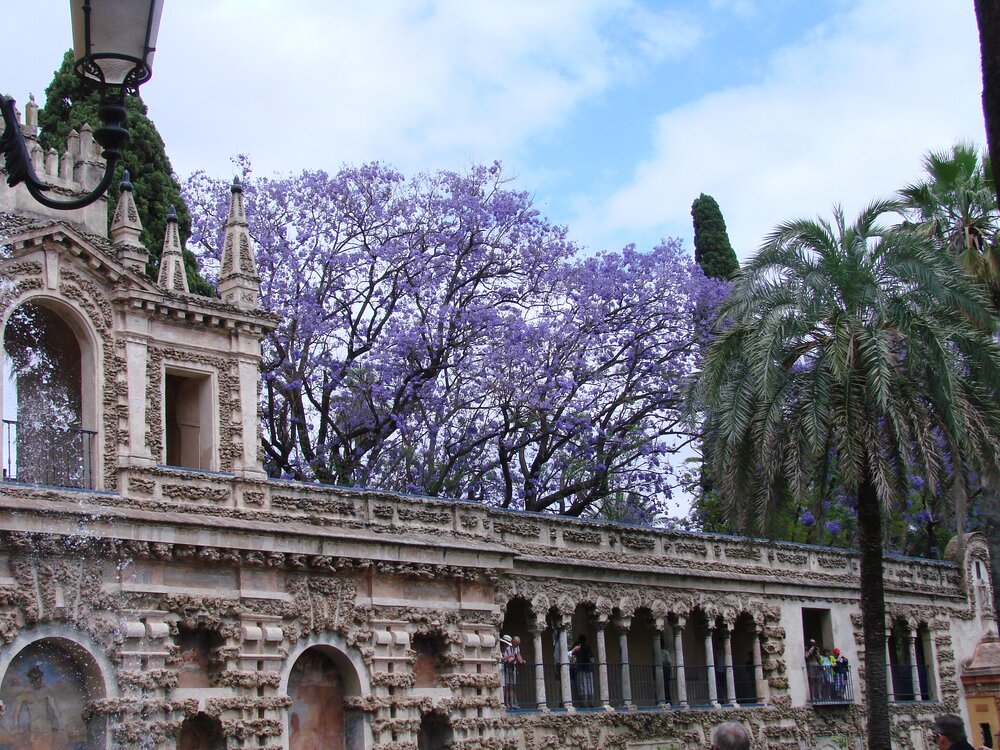
Bullfighting Arena (Plaza de Toros de la Maestranza)
This famous and oldest bullfighting arena in Spain began to be built in 1761 on the initiative of the Royal Cavalry, but was not opened to the public until 120 years later. The architectural style of the arena is late Baroque. Bullfights take place from April to September, schedule and prices can be found on the Arena' s website. The arena has a bullfighting museum with exhibits of the traditional Spanish spectacle.
- Museum opening hours: from November to March from 9:30 to 19:00, from April to October from 9:30 to 21:00.
- Admission: adults — 8 €, pensioners and students — 5 €, children from 7 to 11 years old — 3 €, children under 6 years old — free of charge.
- The website of the bullfighting museum
Museo del Baile Flamenco (Flamenco Museum)
For fans of the main Spanish dance, I recommend visiting the only flamenco museum in the world, created by the famous dancer Cristina Hoyos. The museum was opened in 2006. Here on several floors are placed interactive halls and halls with paintings and sculptures dedicated to the Spanish dance. Every evening in the courtyard of the museum there are performances of the best flamenco dancers.
- Museum opening hours: daily, from 10:00 to 19:00.
- Flamenco show schedule: 5:00 p.m., 7:00 p.m., 8:45 p.m. and 10:15 p.m.
- Entrance to the museum: adult — 10 €, students and pensioners — 8 €, children from 6 to 12 years old — 5 €, children under 6 years old — free of charge.
- Admission to the museum and the show: adult — 26 €, students and pensioners — 19 €, children from 6 to 12 years old — 15 €, children under 6 years old — free of charge.
- Admission to the flamenco show: adult — 22 €, students and pensioners — 15 €, children from 6 to 12 years old — 12 €, children under 6 years old — free of charge.
- Website of the Flamenco Museum
Architecture of Seville
Seville’s architecture is a fabulous mix of Mudejar-style buildings and regionalist creations by architect Anibal Gonzalez. To get to know the architecture of the city and to get a feel for Seville, it is enough to walk the streets of the Old Town.
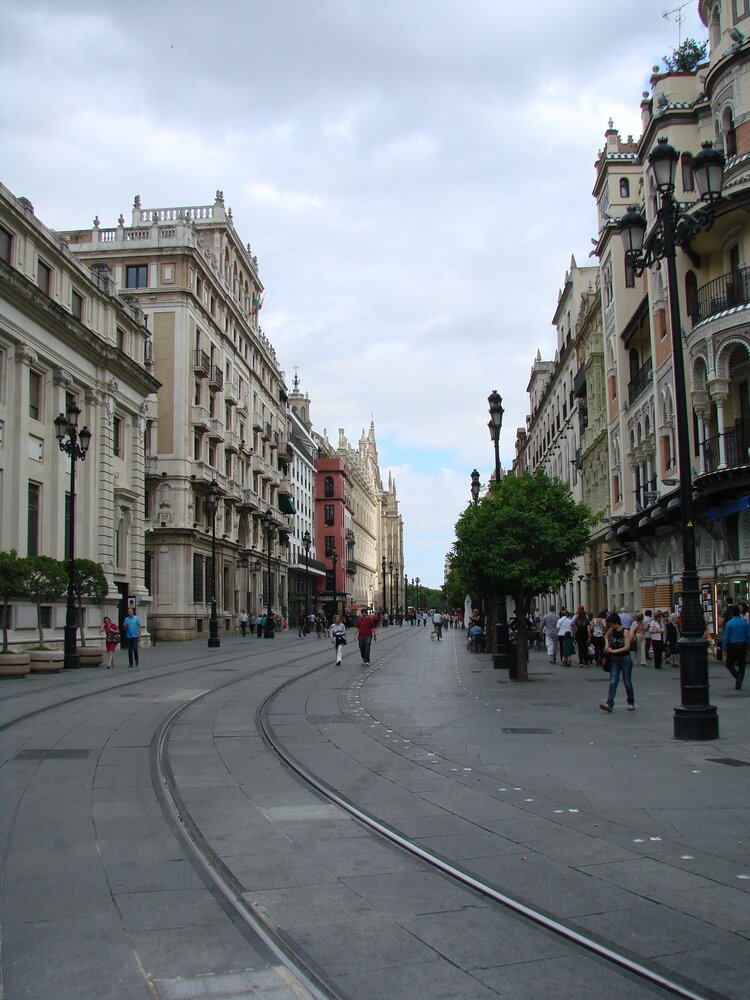
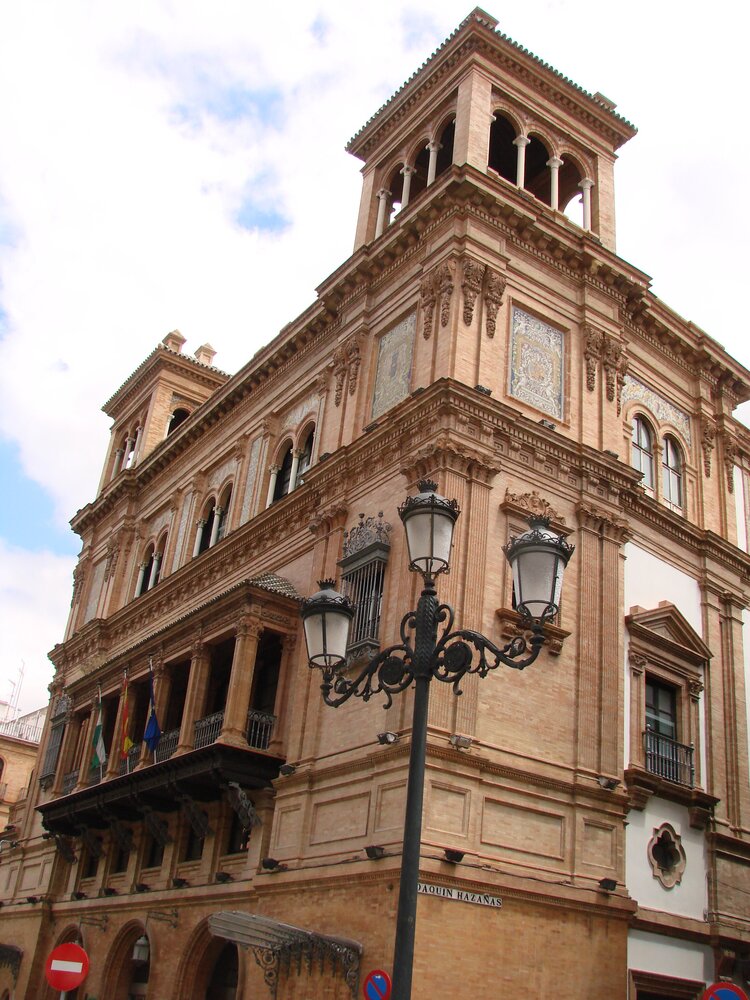
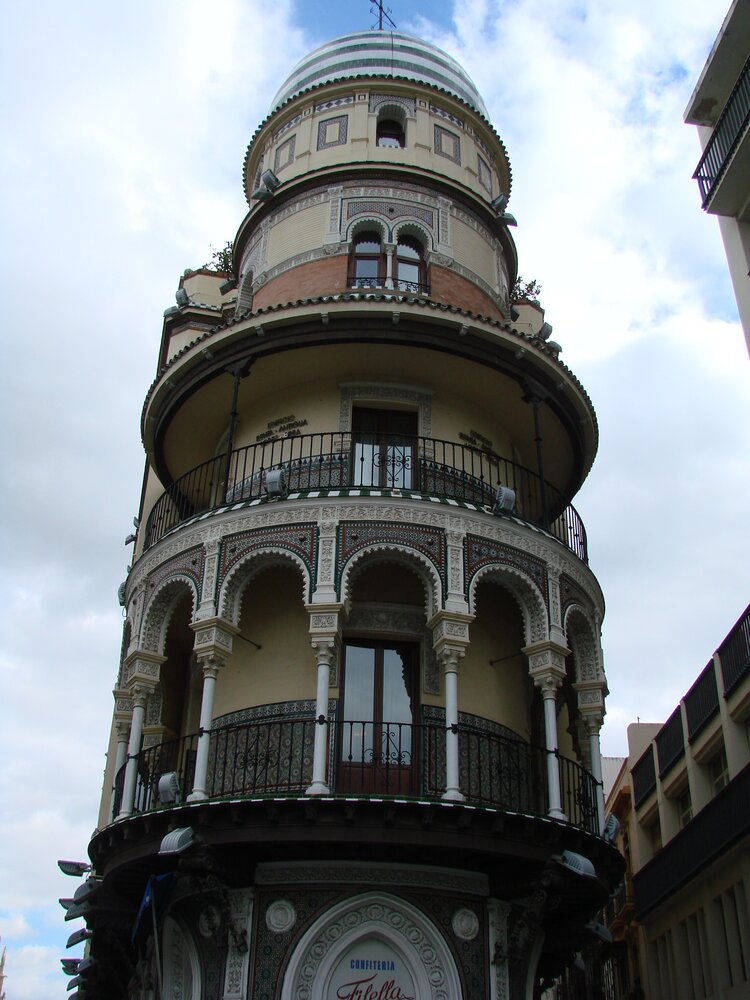
Useful information about Seville can be found on the city’s tourism website .

